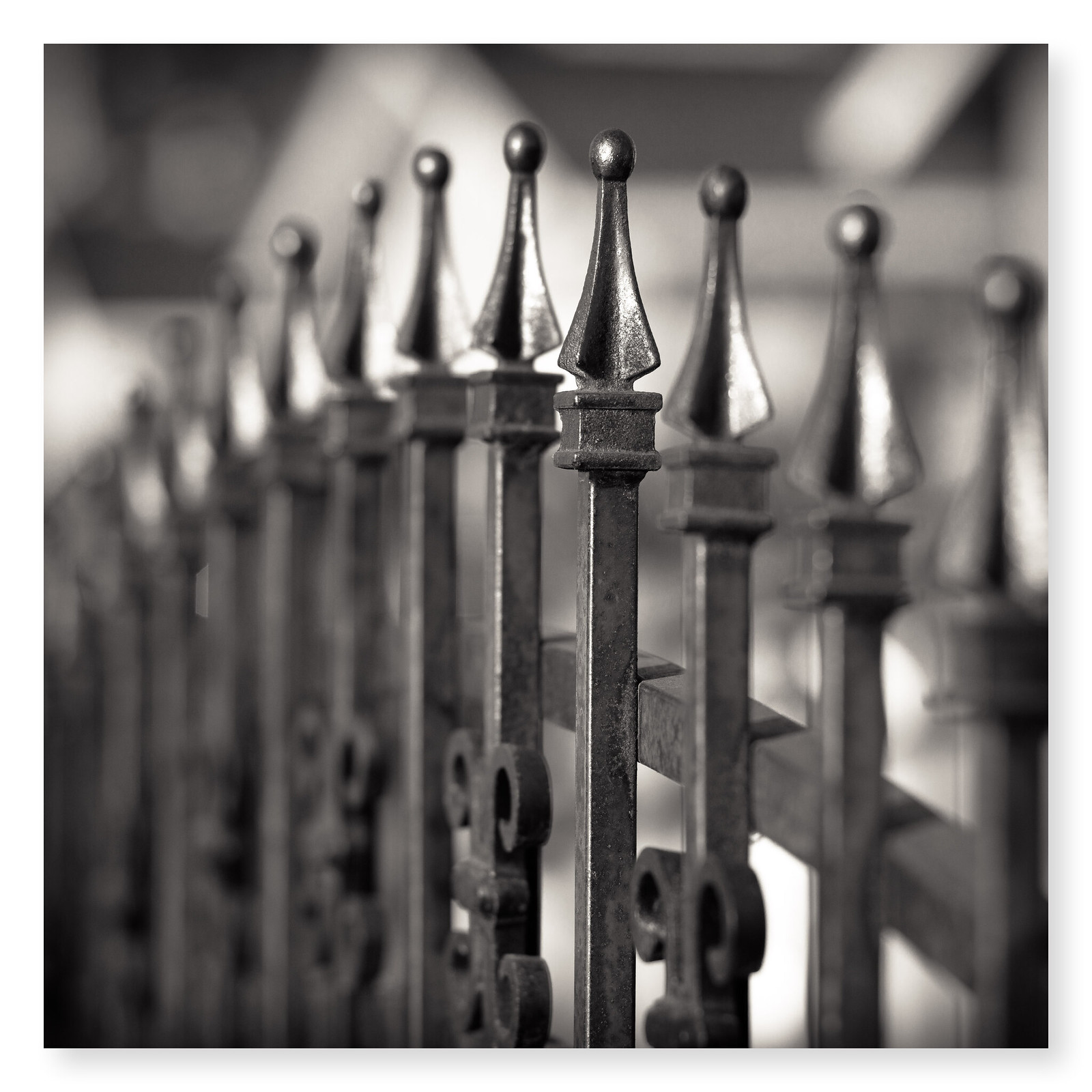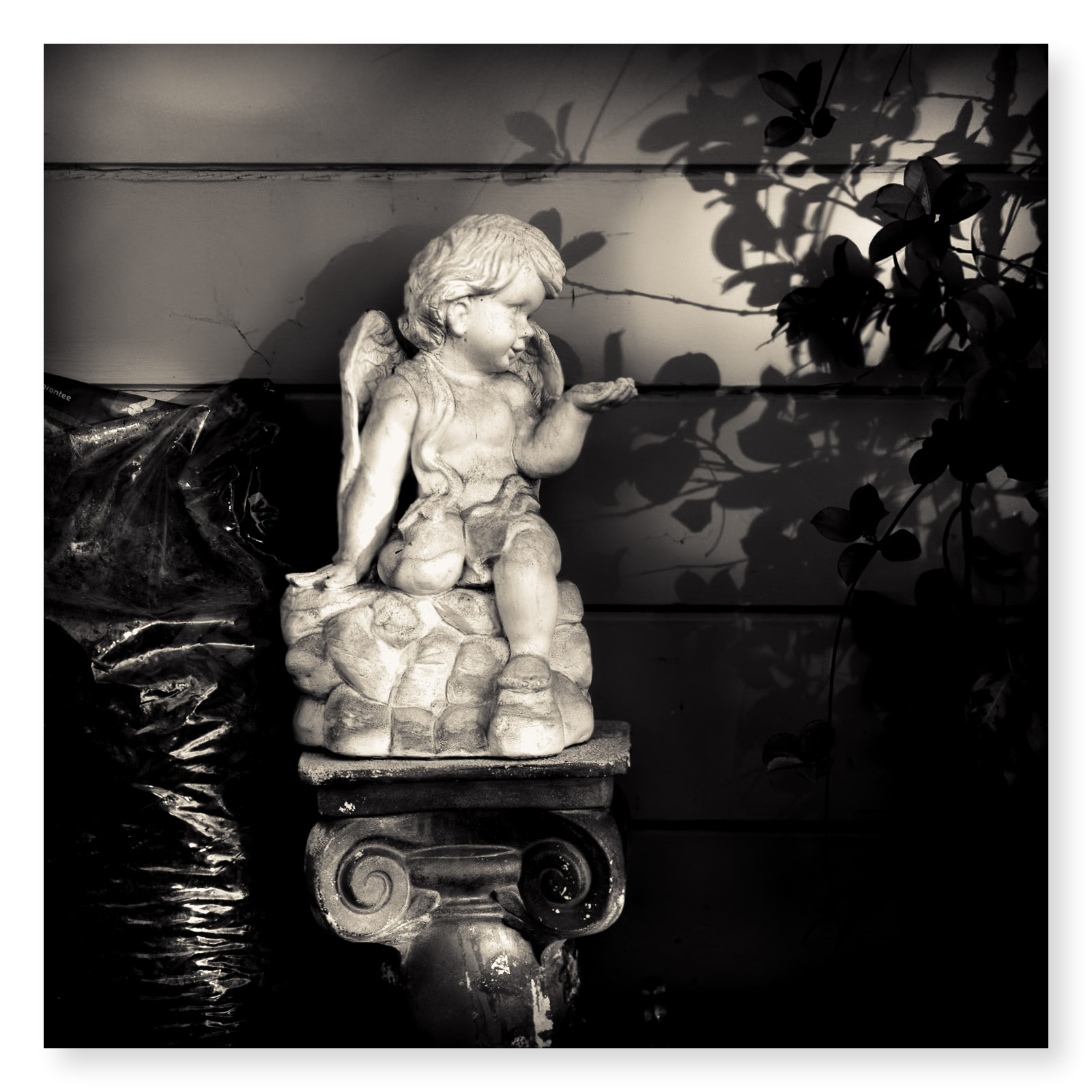PS An aside do they still do those black and several shades of grey inks to make dedicated printers for B&W or has the world moved on?
Some years ago, I converted an Epson R2400 to Piezography which I still use today. I added an external waste ink bottle so I could reset the printer when it times out because of its internal setup. I also recently replaced the printhead on it as one channel was starting to fail. Hopefully, the new head will last as long as the frist one.
Jeremy Z
Well-known
A lot of us have film cameras and you can buy a lot of B&W film for the price of these digital paragons...
Regards, David
+1.
The beauty of film after digital is that it forces you to slow down and THINK, because each shot costs money.
That makes us better photographers, I've found. Yes, it can be done with digital too, but the temptation to try many variations.
A fellow can get a nice fixed lens rangefinder with a nice fast 40 or 45 mm lens for around $100. 10 tools of Tri-X for $60. Developing great for $200, Nikon ES-2 + stepping ring for scanning. Under $400 and you're of top the races. Then film and developing supplies are easily financed fruition there on.
If you want to try film SLRs, they're cheap as chips on eBay now. Careful shopping gets you a nice basic SLR, two lenses, and usually a case too.
Give it a try; you may be hooked!
Richard G
Mentor
Fuji X100 is great.
The M9 ooc jpegs in black and white are beautiful too. There’s an rff thread of the M9 black and white output.
From this thread I’d go with the Ricoh GR IV.
The M9 ooc jpegs in black and white are beautiful too. There’s an rff thread of the M9 black and white output.
From this thread I’d go with the Ricoh GR IV.
Ko.Fe.
Lenses 35/21 Gears 46/20
Mentioned in 2019 M10M is here and Q2M is coming. Still, no any other true Monochrome from another manufacturers.
How come? So many seems to be in favor of b/w and don't mind to spend money not even for second camera.
How come? So many seems to be in favor of b/w and don't mind to spend money not even for second camera.
filmtwit
Desperate but not serious
Phase One makes Monochrome backs for medium format work
https://petapixel.com/2017/05/10/phase-one-iq3-achromatic-101mp-bw-back-costs-50000/
https://petapixel.com/2017/05/10/phase-one-iq3-achromatic-101mp-bw-back-costs-50000/
Mentioned in 2019 M10M is here and Q2M is coming. Still, no any other true Monochrome from another manufacturers.
How come? So many seems to be in favor of b/w and don't mind to spend money not even for second camera.
Ko.Fe.
Lenses 35/21 Gears 46/20
It is mortgage camera.
Phase One makes Monochrome backs for medium format work
https://petapixel.com/2017/05/10/phase-one-iq3-achromatic-101mp-bw-back-costs-50000/
filmtwit
Desperate but not serious
Ko.Fe.
Lenses 35/21 Gears 46/20
After reading how magical BW from GRDs are, I got one for now. GRD III. Tonality wise it is nice. But those tiny sensors seems to lack resolution on 1:1 view or even less closer.
As they say, kinda BW film look. But at least 400 ISO, if not pushed and in Rodinal. Some are even BW film in the Dektol .
.
I guess, this might be the reason why used MMs are still pricey.
As they say, kinda BW film look. But at least 400 ISO, if not pushed and in Rodinal. Some are even BW film in the Dektol
I guess, this might be the reason why used MMs are still pricey.
Rayt
Nonplayer Character
The Leica Monochroms do have a certain look to them enough for me to stop shooting 135 film format. If I shot color I probably wouldn’t spend the money for a Leica camera.
After reading how magical BW from GRDs are, I got one for now. GRD III. Tonality wise it is nice. But those tiny sensors seems to lack resolution on 1:1 view or even less closer.
No such thing as magic in cameras... not even in Leica.
Bill Blackwell
Leica M Shooter
Ilford FP4 or HP5 processed and scanned to TIF files.The Leica Monochrome is out of reach for many amateurs. Which digital camera comes close in black & white to the Leica Monochrome sensor?
There is also NIK software from DXO used in either DXO's own PhotoLab software or as a filter in Photoshop. B&W conversions look pretty damned good to me.



halvmesyr
Established
I enjoy shooting monochrome on my sigma dp2 merrill:




Godfrey
somewhat colored
...
The beauty of film after digital is that it forces you to slow down and THINK, because each shot costs money.
That makes us better photographers, I've found. Yes, it can be done with digital too, but the temptation to try many variations.
...
I tend to work with my digital cameras in exactly the same way that I work with my film cameras, most of the time. I've never been a "make 1000 shots, pick the best two" photographer; I tend to look at a subject and make one or two exposures, that's it. With my instant film cameras, I shoot a little less due to the cost of each frame but that's a small difference. I sometimes get into a routine of carrying a camera everywhere I go and shooting when something catches my eye, and after a week I've made 10 to 20 exposures, max.
A digital camera to do B&W? I've done B&W rendering with every digital camera I've owned, from small sensor things like a smartphone to my Hasselblad 907x. I had Leica MM typ 246(?) on order for half a year, gave up on it they were taking so long to deliver and bought the SL instead. No regrets. I think if I were to buy another Leica any time soon, a Q2M or M10-M (or M10-D) would be my choice; I personally have no particular interest in the original M9M. (My M9 made some lovely photographs but I never liked that body as much as the later M240 and M262 bodies.) A Q2M is the most interesting to me at the present time.
A monochrom sensor does have various advantages in resolution and tonal qualities over a bayer matrix (or XTrans) color sensor, but they only really appear at the limits in my opinion. I only rarely work at the limits of the machinery where the differences really matter.
To me, since I'm not often at the limits where it matters, B&W from a digital camera is mostly a rendering issue. Using a color sensor nets certain capabilities that are not possible with a monochrome sensor, at the cost of some compromises, and vice versa. I capture in raw format and do my rendering after the fact, never in-camera.

Gate on Iron Fence - Santa Clara 2020
Hasselblad 907x + Leitz Elmarit-R 135mm f/2.8
ISO 800 @ f/5.6 (?) @ 1/4000
As always, it's best to know your goals, experiment to find what works best to meet those goals, and practice a lot. You'll get far more and better photographs doing that vs buying scads of different cameras hunting for the best one.

Art Shop Mural - San Jose 2020
SuperSense 6/66 Instant Pinhole Camera
Polaroid SX-70 B&W
Bellows position #2
0.12mm pinhole
4 seconds
Scanned with Hasselblad 907x
And every camera, every capture medium, sees differently. Pick whichever ones do the job to meet your vision and your shooting requirements.
G
joe bosak
Well-known
Tnanks Godfrey that makes a lot of sense.
Share:
-
This site uses cookies to help personalise content, tailor your experience and to keep you logged in if you register.
By continuing to use this site, you are consenting to our use of cookies.


